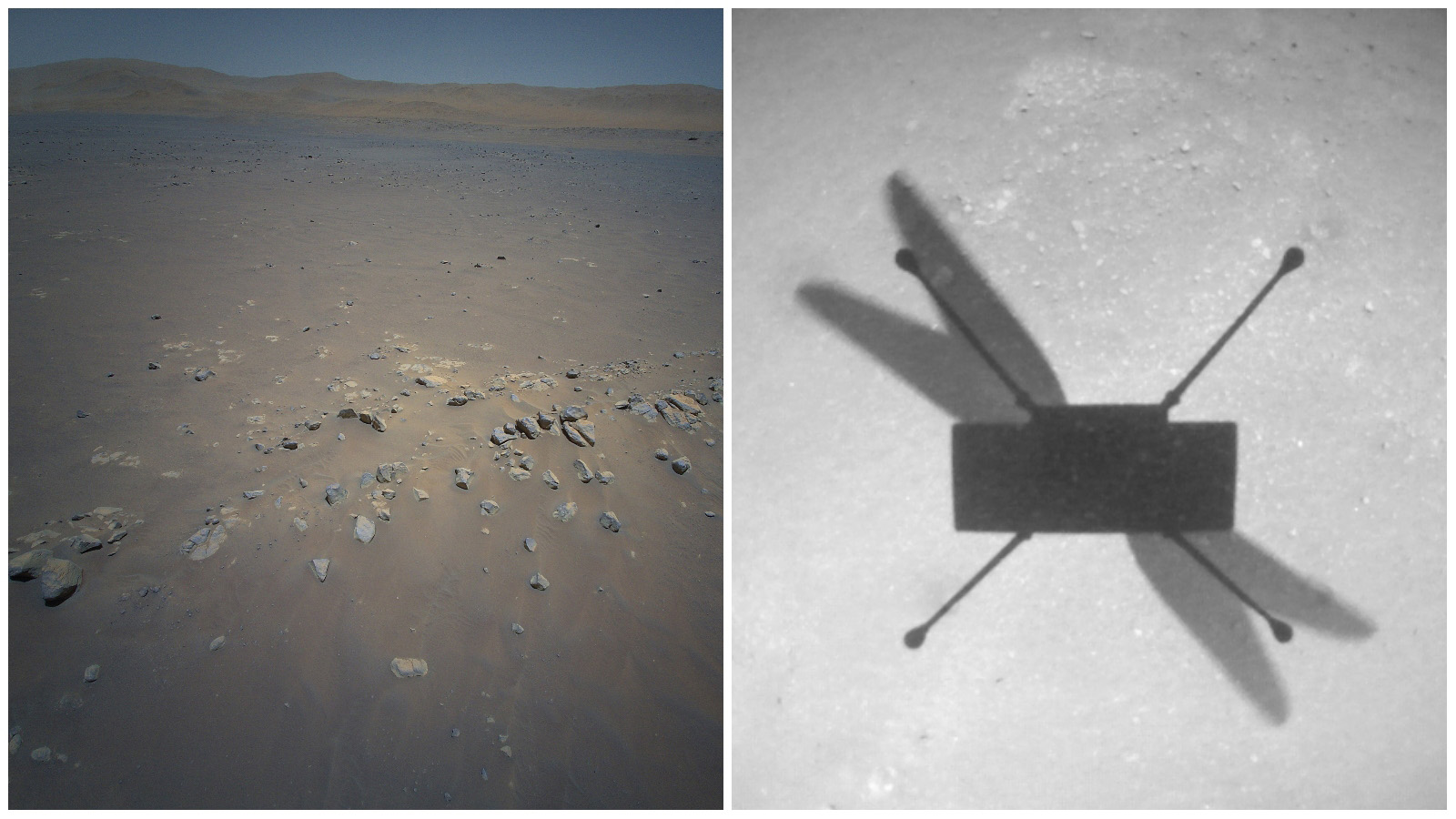Stay Up to Date
Submit your email address to receive the latest industry and Aerospace America news.
The Design Engineering Technical Committee promotes the development and dissemination of technologies that assist design engineers in defining practical aerospace products.
Two distinct commercial and crewed spacecraft vehicles flew in July, demonstrating how radically divergent engineering design solutions have led to the start of the commercial human spaceflight era. The variances in launch configuration, engine design, reentry, descent and landing profile for these spacecraft generated significantly different design engineering approaches for materials, structures, propulsion, flight controls and systems integration.
Virgin Galactic’s SpaceShipTwo spacecraft VSS Unity has a hybrid propulsion rocket motor and a variable-shape aircraft-like structure that becomes a glider for its return to Earth, requiring pilots to guide it to the ground. Taking off from New Mexico in July, a double-fuselage aircraft, VMS Eve, carried VSS Unity to 50,000 feet before releasing it so VSS Unity’s hybrid rocket motor could propel it, four passengers and a crew of two pilots to an altitude of 86 kilometers. Blue Origin’s New Shepard launch vehicle design, in stark contrast, uses a vertical launch powered by liquid-hydrogen rocket propulsion and an Apollo-era capsule design concept. New Shepard’s capsule with four passengers reached an altitude of 107 kilometers and autonomously returned to Earth for the parachute landing in West Texas.
Boeing began production in February of the U.S. Air Force’s ET-7A Red Hawk advanced jet trainer. The jet is the Air Force’s first with an eSeries designation, indicating that it was designed and produced using a digital foundation. The Boeing ET-7A development embraced model-based engineering and design tools that resulted in 80% lower assembly hours and 50% less software development time. A memorandum in May from the Air Force’s acting acquisition chief Darlene Costello outlined the “Digital Trinity” requirements for an e-Program designation: digital engineering, agile software and open systems architecture. ESeries acquisition programs will be connected in a digital environment to produce a digital twin and enable faster digital design iterations and higher performing, higher quality products.
Beginning with its landing in February, the Mars 2020 spacecraft demonstrated several novel technologies. During descent and landing, cameras and a microphone captured the images and sounds of a Mars landing. In addition, NASA’s Terrain Relative Navigation technology system allowed the spacecraft to determine autonomously a safe landing area that was within reach prior to the backshell separation and powered descent events. In April, NASA’s Ingenuity Mars Helicopter detached from the Perseverance rover and completed three technology demonstration flights, proving for the first time that powered and controlled flight in the thin atmosphere of Mars are possible. By early November, Ingenuity had completed 15 flights, logging about 25 minutes of flight time. Ingenuity’s operational demonstration flights explored the advantages of aerial surveillance to rover operations. Perseverance also collected the first Mars rock samples with its sample handling system. A pair of robotic arms coordinated the drilling and sample tube placement for collection, sealing and storage.
Stay Up to Date
Submit your email address to receive the latest industry and Aerospace America news.




